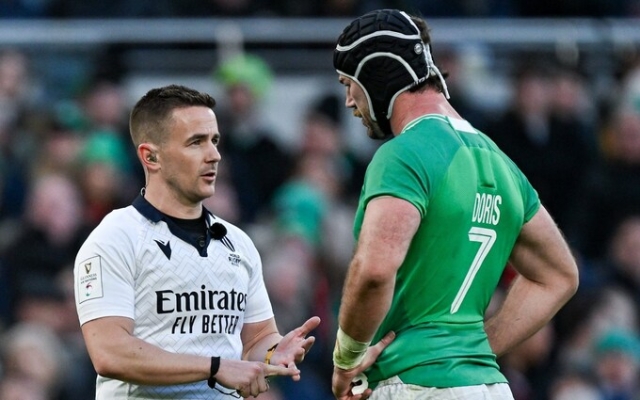 Luke Pearce was in charge of Ireland's match against Italy in Dublin. Photo: Getty Images/Brendan Moran
Luke Pearce was in charge of Ireland's match against Italy in Dublin. Photo: Getty Images/Brendan Moran
After a relatively quiet week for the World Rugby team's officiating team in the first round of the Six Nations, this weekend has raised plenty of discussion points in the stands and on the sofa. It was also a stark reminder for me of the pressure and scrutiny that match officials are subjected to in every international Test match.
Dangerous tackles
As I sat watching the England v Wales game from the West Stand, it didn't occur to me that England second row Ollie Chessum's tackle on Keiron Assiratty might have been illegal. However, during a break in the game while Assiratti was being treated, Brendon Pickerill, the television match official, viewed footage in the background to determine why Assiratti was injured. After the footage was shown on screen, which took a long time, James Doleman had no other choice. There was head contact, quite strong, and since Chessum could have reduced his height further, he was at fault, and it was at least a yellow card.
🟨 Ollie Chessum gets binned for high kick on Keiron Assiratty
Right choice?#GuinnessSixNations pic.twitter.com/hV2cujQTLT
— ITV Rugby (@ITVRugby) February 10, 2024
World Rugby urgently needs to ensure broadcasters get footage to the referee much more quickly. On Saturday the Twickenham crowd, who did not know what was happening, became unduly frustrated and hostile towards James as his face was shown on the stadium screen to replace the lack of replays.
In the 38th minute of the Scotland v France match, Uini Atonio was sent to the bin for a dangerous tackle. This time it was about fighting without trying to grab the opponent. It was good to see Nick Berry, the referee, and Brian McNeice, the TMO, trying to continue the game without long delays or the need for a video review. Nick first explained to French captain Gregory Aldritt that the card was for several penalties near the goal line, with Atonio being one of three in a row. But as the French retired, match officials took a second look at the incident and decided Antoine's tackle was deemed dangerous enough for a separate yellow card offence. It was therefore sent for further investigation to the bunker official for foul play.
Unexpected charge removed
As we saw in the epic World Cup quarter-final between South Africa and France, a well-timed strike can change the direction of a game. With the score level at 5-7, after Ben Earl's attempt to clear the ball, George Ford prepared to convert. After being in place for more than 10 seconds and 12 seconds before impact, Ford took a step to the left. The Welsh team reacted, rushed forward and cleared the ball off the tee. Referee Doleman ruled that Ford had begun his approach to the ball and therefore considered the conversion unsuccessful.
😬 Do you agree that George Ford began his approach?#SixNations #BBCRugby pic .twitter.com/zFCSjde2G7
— BBC Sport (@BBCSport) February 11, 2024
The law states that a team may kick as soon as «the kicker moves in any direction to begin his approach for the kick.» Ford was clearly moving, but was that part of his preparation or part of his approach? The law does not spell out what the start of their approach actually means, so this week's judges' meeting will be as divided as it will be in the stands at Twickenham. If I were George, not only would I have spoken to the umpire before the Scotland game to make sure history didn't repeat itself, but I would have eliminated this «late» side step from my kicking routine altogether.
Kicking . ping pong
Jerome Garces, referee for the 2019 Rugby World Cup final, now stands shoulder to shoulder with other assistant coaches in the French coaches' box. Not only did he bring discipline to the French team (they conceded an average of fewer than six penalties during their Rugby World Cup campaign), but he also added a unique understanding of nothing more than the offside rule in open play when teams kick each other.< /p>
In the 68th minute the French cleared their lines and the ball was set up first by Kyle Rowe and then by Russell. Since no French player was within 10 meters of where the ball landed, the rules of the game state that they do not have to go out of play, they can hold their position but cannot move towards the ball. Not only do French players not have to go out of play when a Scottish player passes or runs five meters with the ball, French players can advance forward. It didn't look good, and considering the game needs more space, don't be surprised if this law isn't changed in the near future. I think that's how it should be.
Murrayfield's dramatic finale
When Sam Skinner picks up the ball and rushes to the line, referee Berry is in a fantastic position, closer than any television camera in the stadium. He proclaims, “Hang in there, hang in there,” but instead of immediately starting a full-time job—and perhaps in an attempt to prevent coaches and commentators from asking, “If you have the technology, why don’t you use it?” – Nick is passing this question on to the TMO.
“My ball is late, I just want to make sure,” Nick explains.
GREAT finale match Scotland — France, the guests almost retained the victory 😅
Was the right decision made? 🤔#GuinnessSixNations #SCOvFRA pic.twitter.com/u08VCGcLoK
— ITV Rugby (@ITVRugby) February 10, 2024
BBC TV commentator Andrew Cotter is quick to sum up the decision that match officials will have to reach if they are to award a try. He explains that they will need «conclusive evidence» that the ball was grounded.
«Extremely tight,» the TMO says on first viewing, and it is indeed true. That's why he's taking the time to work through all the aspects presented by the broadcaster.
There will be those who will point out that while the TMO was working through this difficult decision, he said, «There's a ball on the ground.» But upon further review, he explains that he needs «conclusive proof that the ball is on the ground» to award a try. His conclusion that he «can't say for sure» means the match officials are sticking with the original decision of Nick, who was, after all, the man closest to the action.
This incident shows the complexity judging and that sometimes one country applauds a decision while another condemns it. Continue with the third round.


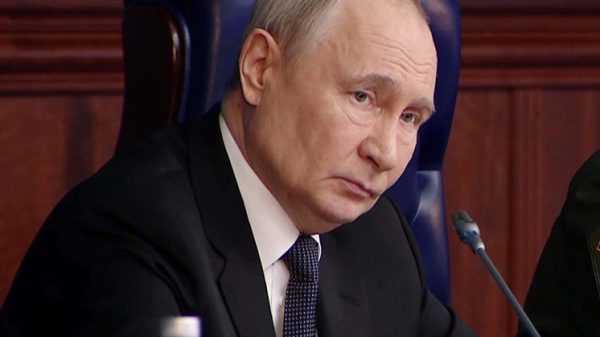





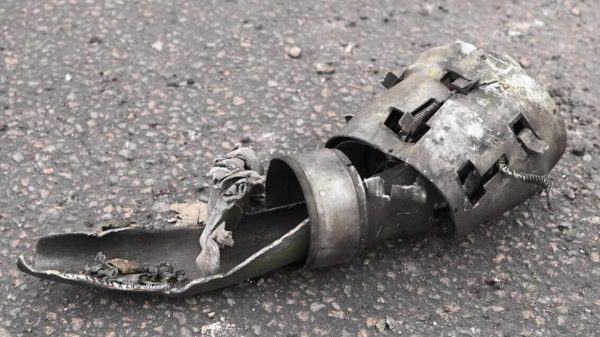

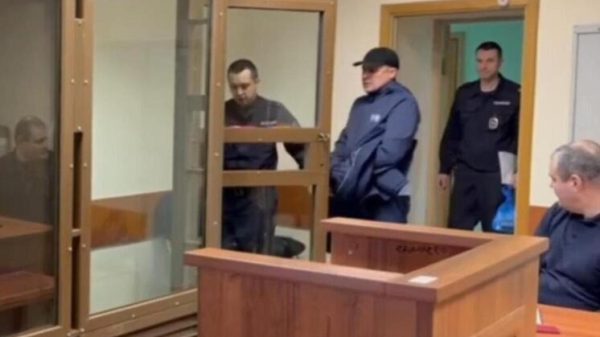







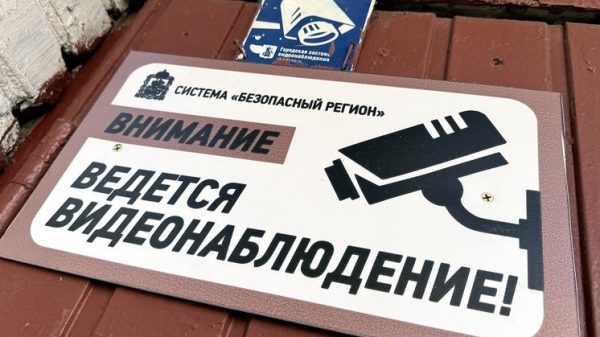

































Свежие комментарии